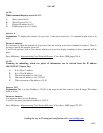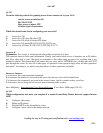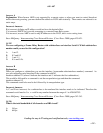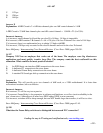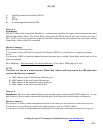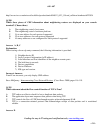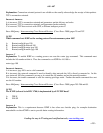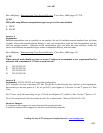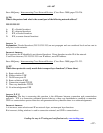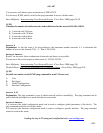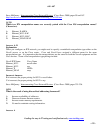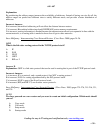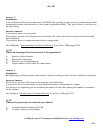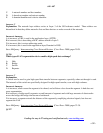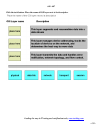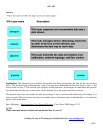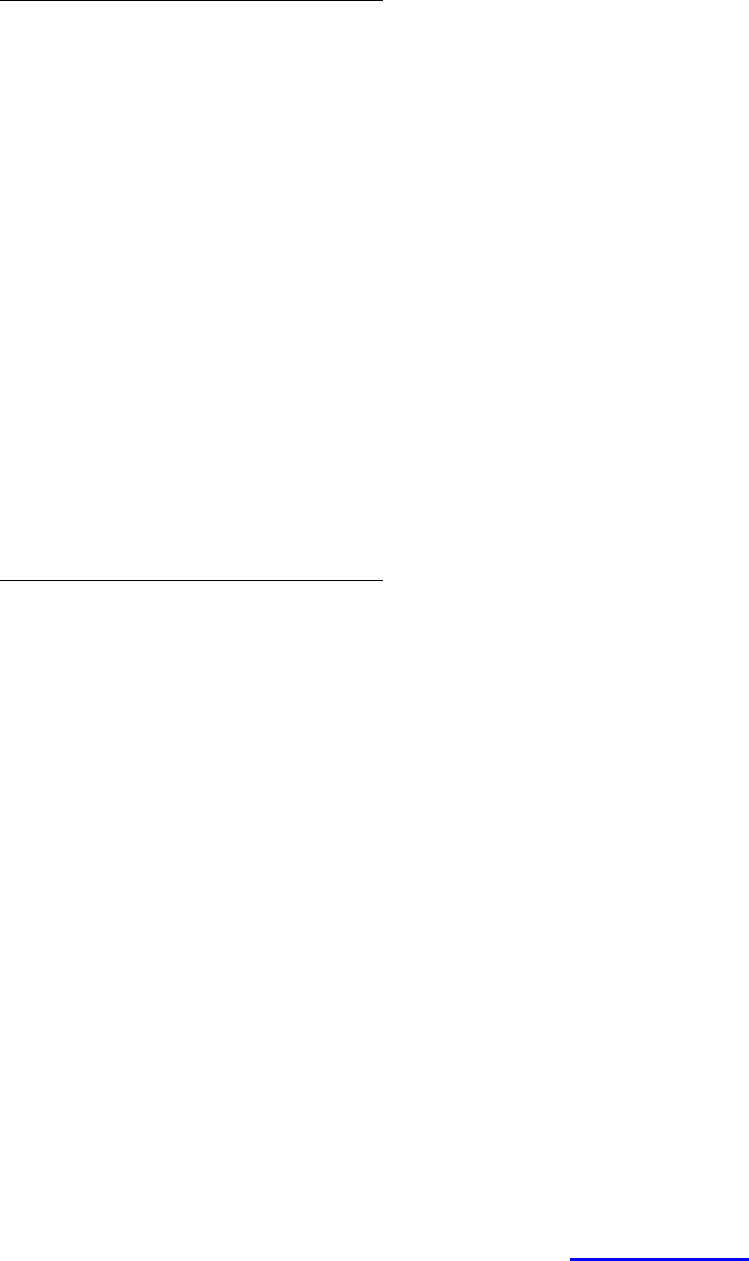
640 - 607
Leading the way in IT testing and certification tools, www.testking.com
- 127 -
Steve McQuerry. Interconnecting Cisco Network Devices. (Cisco Press: 2000) pages 230-236.
Q. 206
What is the protocol and what is the second part of the following network address?
255.255.255.255
A. IP, a flooded broadcast
B. IP, a directed broadcast
C. IPX, a flooded broadcast
D. IPX, a remote directed broadcast
Answer: A
Explanation: Flooded broadcast (255.255.255.255) are not propagate and are considered local and are sent to
every host on the network.
Incorrect Answers:
B is incorrect; the IP identified is not directed broadcast. Direct broadcast use the IP of the network
C and D are incorrect; 255.255.255.255 is an IP address, not a IPX address.
Steve McQuerry. Interconnecting Cisco Network Devices. (Cisco Press: 2000) pages 231-233.
Q. 207
Which three protocols exactly match their transport layer functions? (Choose three)
A. Route selection-IP
B. Sliding window-UDP
C. Well known ports-IP
D. Route validation-ICMP
E. Connection oriented-TCP/IP
F. Three way handshake TCP/IP
G. No acknowledgement-UDP
Answer: E, F, G
Explanation: The key to answering this question is the difference between connection and connectionless
protocols. TCP is a connection orientated protocol that us a three way handshake to establish a connection.
UDP is a connectionless protocol that does not guarantee delivery therefore there is no acknowledgements.
Incorrect Answers:
A is incorrect; route selection and IP are network layer, not transport layer functions.
B is incorrect; sliding windows is used in connection oriented, and UDP is connectionless.



